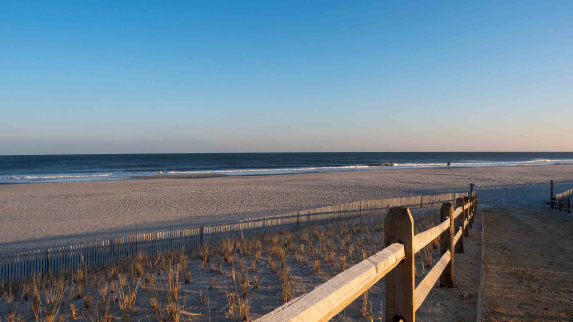Public officials designing seawalls, levees and other safeguards against rising seas can save money if their solutions are flexible, adapting to sea-level increases over time, according to an analysis by scientists at Rutgers and Princeton universities. Such an approach is superior to one where planners and engineers produce a single fix meant to last, they said.
Employing an analysis powered by an artificial intelligence (AI) technique known as reinforcement learning, researchers modeled the process of making decisions on preserving coastal infrastructure over time – steps that ultimately will be undertaken by humans, not computers. Conclusions from their study published in the Proceedings of the National Academy of Sciences bear directly on future efforts by planners and engineers working in places such as New York City and coastal New Jersey to combat flooding, they said.
The analysis is designed to assist public officials faced with the dilemma of taking actions – ones requiring expensive, long-term investments – without knowing the exact extent of increase in tidal levels brought about by climate change.
“If you think there’s some chance, as we do, of a very high-end, sea-level rise and your response is to act only once, you have to decide how much weight to give that outcome,” said Robert Kopp, a Distinguished Professor in the Department of Earth and Planetary Sciences at Rutgers School of Arts and Sciences and an author of the study. “If you don’t give sufficient emphasis to it, you run the risk that you are under-adapted and will have very large damages. But if you over accentuate the importance of that outcome, you may have over-adapted, and you will have spent too much money.” To read the full story.

